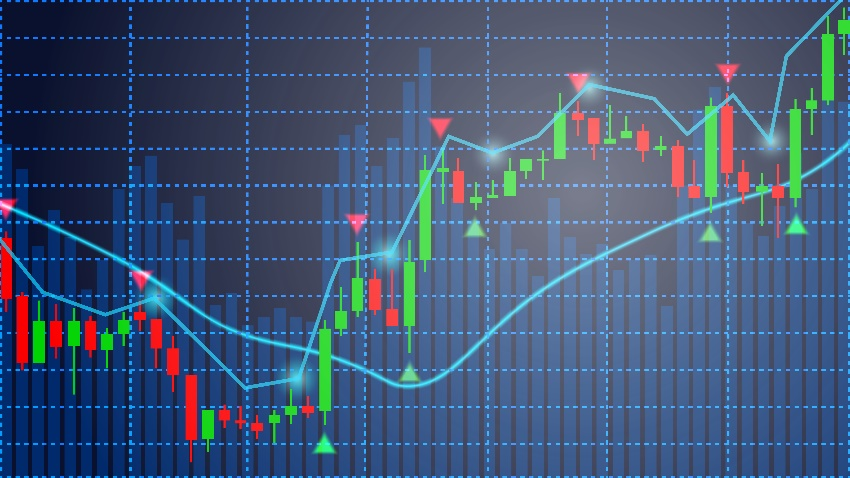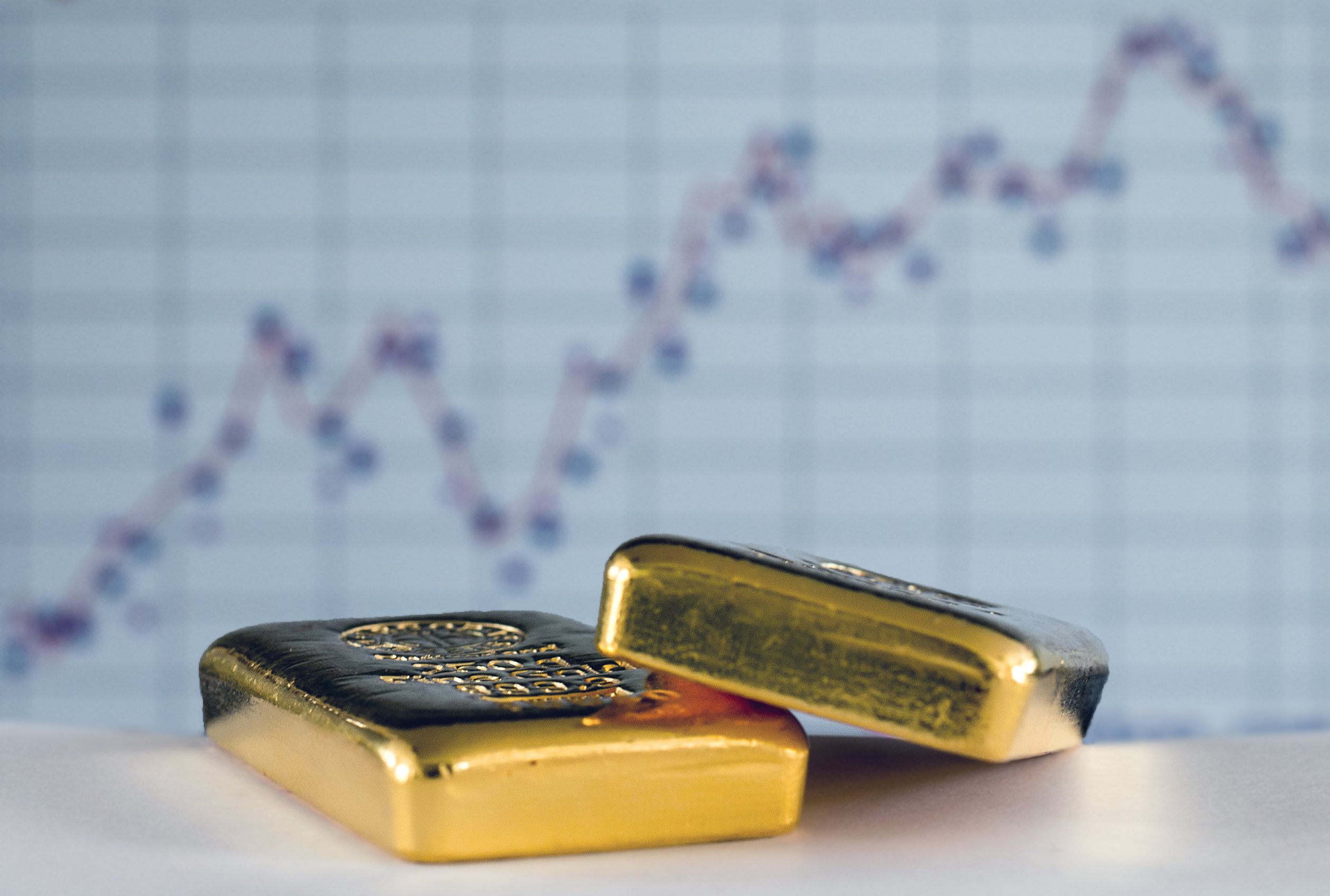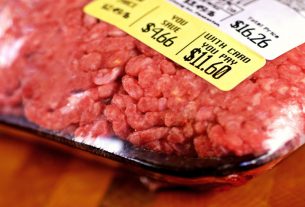Investors in any asset want their assets to appreciate in value. Being able to understand what causes their assets to appreciate in value is key to making an investment decision, and investing in gold is no different.
If you’re investing in gold, or in any other asset, you’re likely interested in long-term price growth. Being able to understand what affects the current gold prices is important to your decision to invest in gold.
Many people talk about “the price of gold” as though it were a single price and gold were a uniform product. But gold takes many forms, from coins to bars to jewelry, and its price can vary significantly depending on what form of gold you’re purchasing. Because gold is an internationally traded product, its price fluctuates over the course of a day, and its price also varies from country to country based on what currency it’s priced in on local markets.
If you plan to invest in gold, you need to know what factors affect the price of gold so that you can make an informed decision on when to buy and sell. That’s particularly important if you plan to add to your gold holdings in the future, and especially if your gold investment is intended to provide you with a steady source of income in retirement.
1. Consumption Demand Drives Gold Prices

Ultimately the price of gold is the result of supply and demand. And with gold mines only adding small amounts to the total overall world gold supply, it’s ultimately the demand for gold that ends up affecting the price of gold significantly.
Unlike most other metals, demand for gold is largely driven by jewelry and investment. The most recent data for gold shows that jewelry demand made up about 40% of global gold demand. Much of that jewelry ends up in countries like India and China, where individuals have traditionally seen gold jewelry, and not coins and bars, as a prime form of gold investment.
Demand for gold as an investment, whether in the form of coins or bars, forms another 35-40% of gold demand. Industrial use in technology products forms about 8-10% of demand, and the remainder of demand comes from central bank gold purchases, which in recent years have reached record levels.
As you can see, there are numerous demand factors that affect the price of gold. And each of those gold-demanding sectors views gold differently and affects the gold price in various ways.
2. Inflation Rates and Gold Prices

Inflation is an increase in the money supply, and its result is a rise in prices. Higher inflation means that prices are rising faster, and in many cases they rise faster than salaries and wages.
Higher inflation also worries investors, as they fear that the rise in inflation will erode the value of their investments. As inflation rises, the purchasing power of each unit of currency decreases.
If inflation increases faster than the rise in wages or in the value of investments such as stocks, it impoverishes investors. Many investors start looking to invest in gold when inflation rates rise, which means that the inflation rate can be one factor that affects the price of gold.
3. Economic Data and Gold

Gold is known as a countercyclical asset, one which performs better when the economy begins to dip into recession. For decades it has played that role, protecting investor assets through tough economic times.
When the economy is strong and stock markets are booming, most investors don’t even think about gold. They’re too busy chasing gains in stock markets, trying to maximize the value of their investments.
Once things begin to look bad, however, especially once stock markets begin to fall, then investors start worrying about protecting their assets. That leads to an increase in demand for gold, which then affects the gold price.
We saw this during the financial crisis and its aftermath, when the price of gold began to really increase once the economy fell into recession. The gold price continued to rise in the aftermath of the crisis, as most investors were still wary of investing in overpriced securities.
Once the economy began to improve, the gold price leveled off and largely fluctuated within a relatively narrow range. But now that we’re in the middle of a trade war, a slowing economy, and on the cusp of a stock market crash, gold is once again breaking out and beginning to climb. The worse the economic data looks, the higher the gold price will rise.
4. ETFs and the Price of Gold

Exchange-traded funds (ETFs) are a relatively new investment vehicle and have gained popularity in the past several years. ETFs allow investors to invest in or gain exposure to commodities and alternative investment assets that they otherwise would have great difficulty in accessing.
In the case of gold ETFs, the fund purchases an amount of gold, then issues shares in the fund to sell to investors. Many investors have purchased shares in gold ETFs in a bid to gain exposure to gold, although ETFs aren’t the best choice to invest in gold.
But increased investor interest in gold ETFs means that ETFs have to purchase more gold in order to issue more shares. That affects the price of gold since that increased demand will lead to higher gold prices. And with ETFs buying the most gold that they have in nearly four years, that will affect the price of gold significantly to the upside.
5. The Value of the Dollar vs. the Price of Gold
American investors view everything through a dollarized lens. The dollar is the world’s most important currency, in demand around the world and used on numerous world markets. But so many dollars have been created that the value of each dollar has fallen precipitously. Since 1913, the dollar has lost about 96% of its purchasing power.
When the Federal Reserve engages in money creation through quantitative easing, it further dilutes the purchasing power of each dollar. While most people may not pay attention to that weakening of the dollar, many investors are keenly attuned to it. And as the dollar gets weaker, they seek to invest in assets that maintain their value no matter how weak the dollar gets.
A weaker dollar affects the gold price by driving it upward. So, as the Federal Reserve continues to increase the size of its balance sheet, the dollar gets weaker and the gold price increases. With the Fed stating its intention to continue creating new money in the future, that should affect the gold price positively in the coming months. And if a coming recession results in full-blown quantitative easing again, expect the gold price to be affected to an even greater degree than today.
Learn More About Gold and What Affects the Price of It
Gold is a fascinating investment asset that every investor should know about. Whether you decide to head down to the coin store to buy a gold coin or two, pursue a >gold 401(k) rollover, or establish a new gold IRA, you should educate yourself on all the factors that affect the price of gold.
Goldco is an expert in the precious metals investment sector and will provide you with the latest news and analysis on financial markets and economic issues that affect the price of gold so that you can learn everything you need to before you decide to invest in gold. And once you’ve made the decision to invest in gold, our experienced specialists are ready to answer all of your questions so that you’re fully informed before you make your first gold purchase. Review our gold IRA rollover guide or call us today to find out more about how you can benefit from investing in gold.
This article was originally posted on Goldco.





